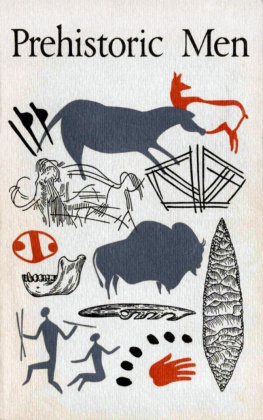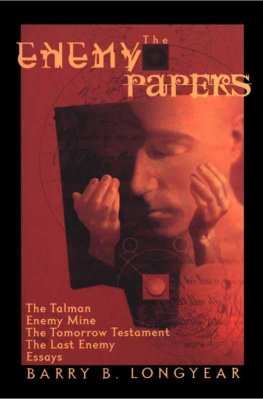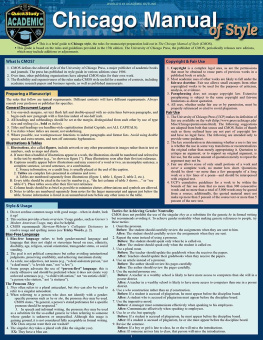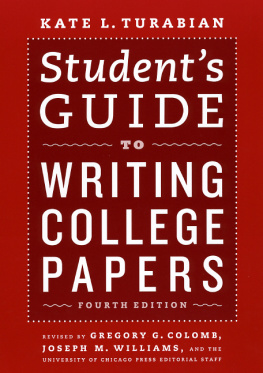Table of Contents
Prehistoric Men
BY ROBERT J. BRAIDWOOD
RESEARCH ASSOCIATE, OLD WORLD PREHISTORY
PROFESSOR ORIENTAL INSTITUTE AND DEPARTMENT OF ANTHROPOLOGY UNIVERSITY OF CHICAGO
Drawings by SUSAN T. RICHERT
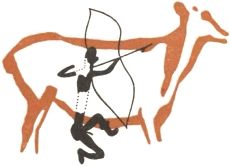
Edited by Lillian A. Ross
Preface
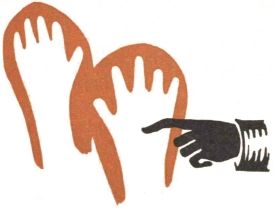
Like the writing of most professional archeologists, mine has been confined to so-called learned papers. Good, bad, or indifferent, these papers were in a jargon that only my colleagues and a few advanced students could understand. Hence, when I was asked to do this little book, I soon found it extremely difficult to say what I meant in simple fashion. The style is new to me, but I hope the reader will not find it forced or pedantic; at least I have done my very best to tell the story simply and clearly.
Many friends have aided in the preparation of the book. The whimsical charm of Miss Susan Richerts illustrations add enormously to the spirit I wanted. She gave freely of her own time on the drawings and in planning the book with me. My colleagues at the University of Chicago, especially Professor Wilton M. Krogman (now of the University of Pennsylvania), and also Mrs. Linda Braidwood, Associate of the Oriental Institute, and Professors Fay-Cooper Cole and Sol Tax, of the Department of Anthropology, gave me counsel in matters bearing on their special fields, and the Department of Anthropology bore some of the expense of the illustrations. From Mrs. Irma Hunter and Mr. Arnold Maremont, who are not archeologists at all and have only an intelligent laymans notion of archeology, I had sound advice on how best to tell the story. I am deeply indebted to all these friends.
While I was preparing the second edition, I had the great fortune to be able to rework the third chapter with Professor Sherwood L. Washburn, now of the Department of Anthropology of the University of California, and the fourth, fifth, and sixth chapters with Professor Hallum L. Movius, Jr., of the Peabody Museum, Harvard University. The book has gained greatly in accuracy thereby. In matters of dating, Professor Movius and the indications of Professor W. F. Libbys Carbon 14 chronology project have both encouraged me to choose the lowest dates now current for the events of the Pleistocene Ice Age. There is still no certain way of fixing a direct chronology for most of the Pleistocene, but Professor Libbys method appears very promising for its end range and for proto-historic dates. In any case, this book names periods, and new dates may be written in against mine, if new and better dating systems appear.
I wish to thank Dr. Clifford C. Gregg, Director of Chicago Natural History Museum, for the opportunity to publish this book. My old friend, Dr. Paul S. Martin, Chief Curator in the Department of Anthropology, asked me to undertake the job and inspired me to complete it. I am also indebted to Miss Lillian A. Ross, Associate Editor of Scientific Publications, and to Mr. George I. Quimby, Curator of Exhibits in Anthropology, for all the time they have given me in getting the manuscript into proper shape.
Robert J. Braidwood
June 15, 1950
Preface to the Third Edition
In preparing the enlarged third edition, many of the above mentioned friends have again helped me. I have picked the brains of Professor F. Clark Howell of the Department of Anthropology of the University of Chicago in reworking the earlier chapters, and he was very patient in the matter, which I sincerely appreciate.
All of Mrs. Susan Richert Allens original drawings appear, but a few necessary corrections have been made in some of the charts and some new drawings have been added by Mr. John Pfiffner, Staff Artist, Chicago Natural History Museum.
Robert J. Braidwood
March 1, 1959
HOW WE LEARN about Prehistoric Men
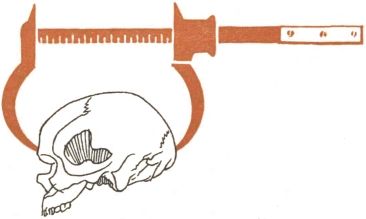
Prehistory means the time before written history began. Actually, more than 99 per cent of mans story is prehistory. Man is at least half a million years old, but he did not begin to write history (or to write anything) until about 5,000 years ago.
The men who lived in prehistoric times left us no history books, but they did unintentionally leave a record of their presence and their way of life. This record is studied and interpreted by different kinds of scientists.
SCIENTISTS WHO FIND OUT ABOUT PREHISTORIC MEN
The scientists who study the bones and teeth and any other parts they find of the bodies of prehistoric men, are called physical anthropologists . Physical anthropologists are trained, much like doctors, to know all about the human body. They study living people, too; they know more about the biological facts of human races than anybody else. If the police find a badly decayed body in a trunk, they ask a physical anthropologist to tell them what the person originally looked like. The physical anthropologists who specialize in prehistoric men work with fossils, so they are sometimes called human paleontologists .
ARCHEOLOGISTS
There is a kind of scientist who studies the things that prehistoric men made and did. Such a scientist is called an archeologist . It is the archeologists business to look for the stone and metal tools, the pottery, the graves, and the caves or huts of the men who lived before history began.
But there is more to archeology than just looking for things. In Professor V. Gordon Childes words, archeology furnishes a sort of history of human activity, provided always that the actions have produced concrete results and left recognizable material traces. You will see that there are at least three points in what Childe says:
1. The archeologists have to find the traces of things left behind by ancient man, and
2. Only a few objects may be found, for most of these were probably too soft or too breakable to last through the years. However,
3. The archeologist must use whatever he can find to tell a storyto make a sort of historyfrom the objects and living-places and graves that have escaped destruction.
What I mean is this: Let us say you are walking through a dump yard, and you find a rusty old spark plug. If you want to think about what the spark plug means, you quickly remember that it is a part of an automobile motor. This tells you something about the man who threw the spark plug on the dump. He either had an automobile, or he knew or lived near someone who did. He cant have lived so very long ago, youll remember, because spark plugs and automobiles are only about sixty years old.
When you think about the old spark plug in this way you have just been making the beginnings of what we call an archeological interpretation ; you have been making the spark plug tell a story. It is the same way with the man-made things we archeologists find and put in museums. Usually, only a few of these objects are pretty to look at; but each of them has some sort of story to tell. Making the interpretation of his finds is the most important part of the archeologists job. It is the way he gets at the sort of history of human activity which is expected of archeology.
SOME OTHER SCIENTISTS
There are many other scientists who help the archeologist and the physical anthropologist find out about prehistoric men. The geologists help us tell the age of the rocks or caves or gravel beds in which human bones or man-made objects are found. There are other scientists with names which all begin with paleo (the Greek word for old). The paleontologists study fossil animals. There are also, for example, such scientists as paleobotanists and paleoclimatologists , who study ancient plants and climates. These scientists help us to know the kinds of animals and plants that were living in prehistoric times and so could be used for food by ancient man; what the weather was like; and whether there were glaciers. Also, when I tell you that prehistoric men did not appear until long after the great dinosaurs had disappeared, I go on the say-so of the paleontologists. They know that fossils of men and of dinosaurs are not found in the same geological period. The dinosaur fossils come in early periods, the fossils of men much later.

